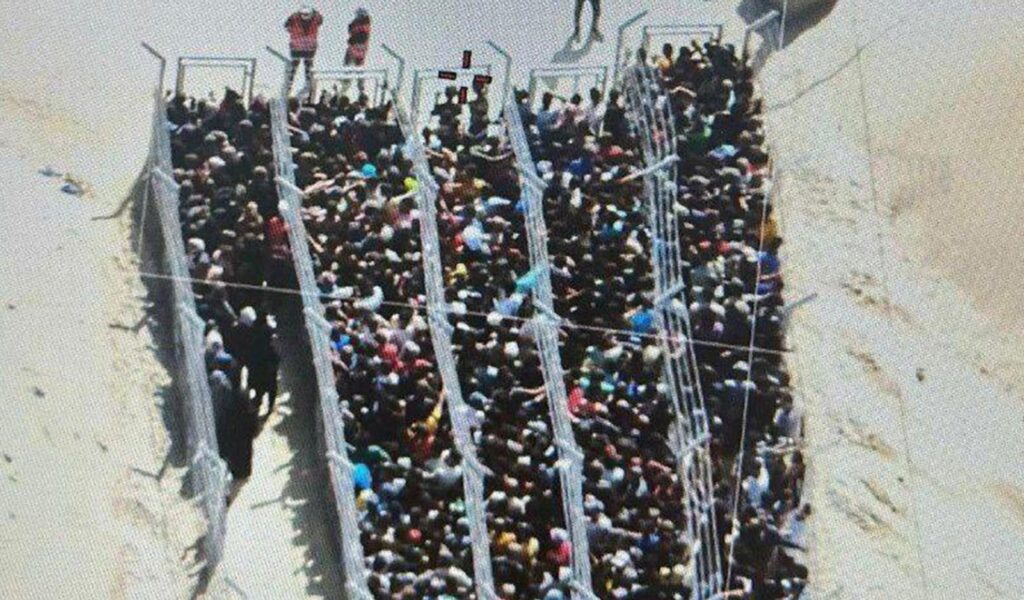
On May 27, the Gaza Humanitarian Foundation (GHF) launched its first large-scale relief delivery. What followed exceeded what even our worst fears: it was utter chaos. Images showed civilians running without clear direction in a desperate search for food on the outskirts of Rafah. Reportedly, machine guns were fired in the air in warning. At least three Palestinians were killed and 48 others injured during the mayhem. The order collapsed. There was no meaningful coordination, dignified process, or safety for recipients. Instead of restoring humanity, this operation deepened the crisis.
But this wasn’t just a logistical failure. It was the materialization of a deeply flawed and dangerous vision that humanitarian professionals, UN officials, and civil society actors had already sounded the alarm about. And yet, the GHF model proceeded, with political backing, financial support, the willful disregard of warnings, and the complicit silence of the international community.
GHF is part of a broader strategy, a strategy that replaces a multilateral, rights-based humanitarian system with a militarized, privatized apparatus of control. This is not aid rooted in principles of neutrality, impartiality, or independence. It is a relief redesigned to fit the constraints of siege, managed by private contractors, guarded by security firms, and coordinated with the occupying power’s directives.
The tragic scenes that unfolded on May 27 were not unforeseen. They were the chronicle of a disaster foretold. In fact, during the weekend leading up to this mockery of humanitarianism, several major international news outlets published in-depth investigations confirming that GHF was a carefully planned operation led by military strategists and business interests in Israel and the US, with no genuine humanitarian goal. Humanitarian access had not just collapsed: it had been reengineered, commodified, and co-opted.
To add insult to injury, photos on social media showed how some food items distributed in Gaza were products from SUGAT, a leading company that boasts contracts with the Israeli military. Journalists furthermore reported meagre amounts of food being distributed, barely enough for a family to survive more than two days. The idea that besieged Palestinians, displaced, starved, and bombed, would be handed rations sourced from a company embedded in the very machinery of occupation is beyond cynical. The rations distributed also indicate this is not humanitarian relief; it is enforced rationing and dependency under the guise of aid.
GHF is not a neutral humanitarian actor. It is a geopolitical tool packaged in donor-friendly language about “efficiency” and “innovation.” The aid was about managing survival under surveillance. And in doing so, it mocked decades of effort to build a humanitarian architecture meant to shield the world from the worst of humanity.
This is not a one-off error. It is a systemic collapse, made possible by the silence and complicity of those who should have known better. The United Nations has repeatedly condemned Israel’s restrictions on humanitarian access. So, the question now is not just what went wrong on May 27. It is: how did we get here, and how far are we willing to let this go? Will the international community continue to normalize the siege of Gaza and a system that turns humanitarian aid into a business model, and crisis into a marketplace for humiliation, influence, and profit?
This moment demands more than regret in “lessons learned.” It demands a reckoning: a bold, collective reclaiming of humanitarianism as a moral and political act.
Our flagship newsletter provides a weekly round-up of content, plus receive the latest on events and how to connect with the institute.